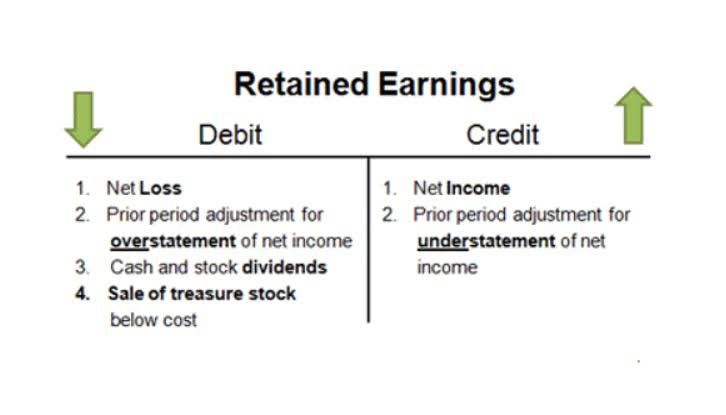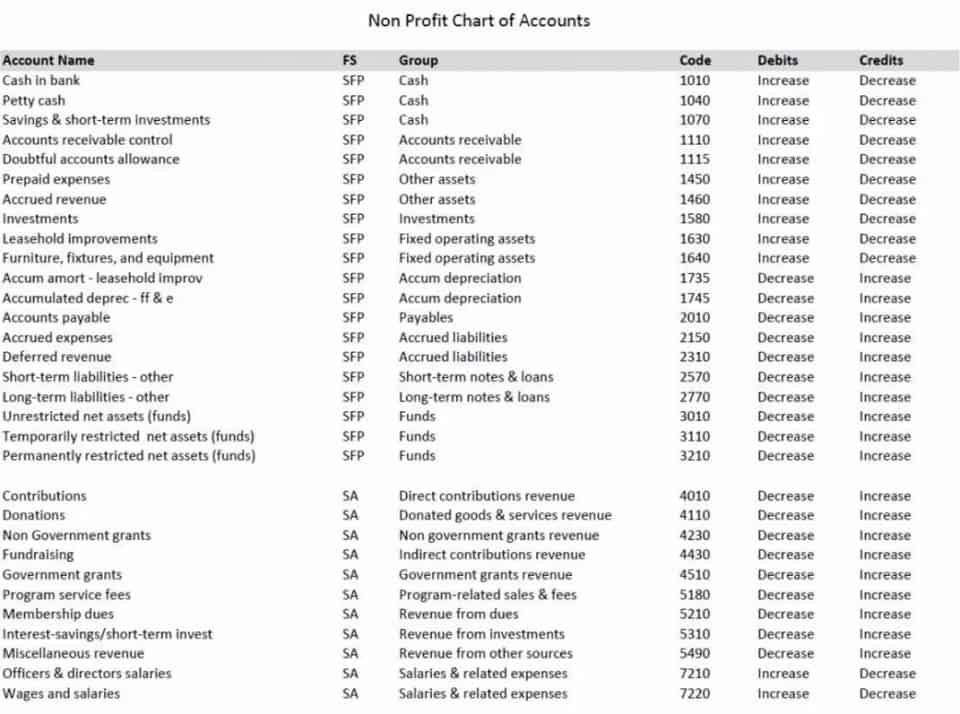
It is typically prepared at the end of an accounting period before financial statements are generated. It really shows how useful it is to try to draw out transactions in T-accounts before they are committed to the company records. This prepaid £6000 represents an asset because my landlord owes me 3 months usage of his property since I have paid rent in advance.

Understanding Debits and Credits in T Accounts

In the right column, the credits represent cash Bookkeeping for Painters being spent either on inventory or operating costs. Yes, T accounts can be used in computerized accounting systems. While traditional T accounts are manual, computerized systems often display accounts in a T format electronically, allowing for easier recording, tracking, and analysis of transactions. Errors in T accounts can be corrected by analyzing transactions and identifying discrepancies. Once errors are identified, adjustments can be made by posting correcting entries to ensure the accuracy of account balances. Accounting software can now integrate with your bank accounts and other financial systems, providing real-time transaction data.
Individuals Filing Taxes

In double-entry bookkeeping, every financial transaction impacts at least two accounts. This system ensures that the books balance, with every action having an equal and opposite reaction, so to speak. When you debit an account, you either increase an asset or expense t accounts or decrease a liability, revenue, or equity. T accounts are a visual representation of an account in double-entry bookkeeping. They resemble the letter “T,” with the left side showing debits and the right side showing credits. Each account has its T account, where transactions are recorded to track increases and decreases in balances.
- In contrast, automated accounting systems offer built-in controls and validation checks, reducing the risk of mistakes and fraud.
- Every journal entry is posted to its respective T Account, on the correct side, by the correct amount.
- Whatever your role is in the business, it’s worth grasping the basics of this language.
- Shaun Conrad is a Certified Public Accountant and CPA exam expert with a passion for teaching.
- Now, every business has its own chart of accounts that depends on the industry they are a part of and the financial activities they lead.
Discover clear accounting T accounts examples, including debits, credits, and their impact on your income statement.

The above transaction would not only affect the Bank T account but also affect the contra account or second account, Capital. Remember, to debit means to make an entry on the left-hand side. A ledger is simply a whole bunch of T-accounts grouped together.
Acts as a troubleshooting tool
Now, there can be a number of different ledgers, each one dealing with a specific aspect of the business and listing T-accounts only in that category. According to the Collins English Dictionary, the ledger is “the principal book in which the commercial transactions of a company are recorded.” The debit entries entered on the left side of the T account should always balance with the right side, or credit side of the account. We at Deskera have spent over 10 years working with small business owners from across 100+ countries, to build accounting software that suits any type of business. Then, the journal entry is moved into the ledger, in the form of a T account.
- Now that we established a T account is a visual representation of an account, most people wonder if they can do this for any account.
- Any investor with a genuine interest in the business will want to see detailed financial pitch deck slides to gain an understanding of…
- As you can see, my bank account (an asset account) is debited £2.50, increasing its value.
- It’s impossible to provide a complete collection of examples that addresses every financial transaction with the corresponding T account.
- It really shows how useful it is to try to draw out transactions in T-accounts before they are committed to the company records.
- T Accounts are also used for income statement accounts as well, which include revenues, expenses, gains, and losses.
Adding all the transactions together will give you the account balance. For example, if you add $1,000 of cash coming in (a debit), with $500 cash going out (a credit). This is all going to help when looking at a T account if you remember the phrase dealer. Put your dividends, expenses and assets on the left of the T account to increase them. Liabilities, Owner’s Equity and Revenue go on the right to increase them.
You can use them to map out complex transactions, identify potential errors, and better understand how different accounts interact. Imagine using software that automatically populates a T account based on a chosen transaction, allowing you to dissect its impact and ensure everything’s in balance. T-accounts are surprisingly versatile tools used by a diverse group of people. From accountants and entrepreneurs to students and investors, understanding T-accounts empowers individuals to make informed financial decisions and confidently navigate the contribution margin world of money. While not as common, some stock market investors use T-accounts to track their investment portfolios.
